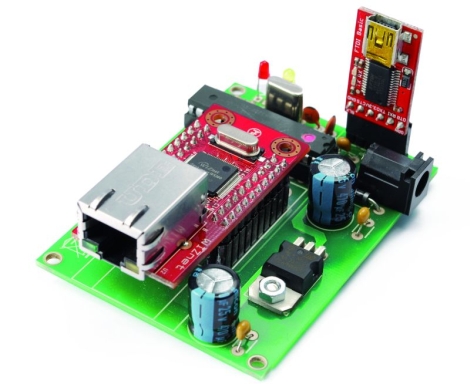It is a problem as old as the Internet. You want to access your computer remotely, but it is behind a router that randomly gets different IP addresses. Or maybe it is your laptop and it winds up in different locations with, again, different IP addresses. There are many ways to solve this problem and some of them are better than others.
A lot of routers can report their IP address to a dynamic DNS server. That used to be great, but now it seems like many of them hound you to upgrade or constantly renew so you can see their ads. Some of them disappear, too. If your router vendor supplies one, that might be a good choice, until you change routers, of course. OpenWRT supports many such services and there are many lists of common services.
However, if you have a single public accessible computer, for example a Web server or even a cloud instance, and you are running your own DNS server, you really don’t need one of those services. I’m going to show you how I do it with an accessible Linux server running Bind. This is a common setup, but if you have a different system you might have to adapt a bit.
There are many ways to set up dynamic DNS if you are willing to have a great deal of structure on both sides. Most of these depend on setting up a secret key to allow for DNS updates and some sort of script that calls nsupdate or having the DHCP server do it. The problem is, I have a lot of client computers and many are set up differently. I wanted a system where the only thing needed on the client side was ssh. All the infrastructure remains on the DNS server.
















